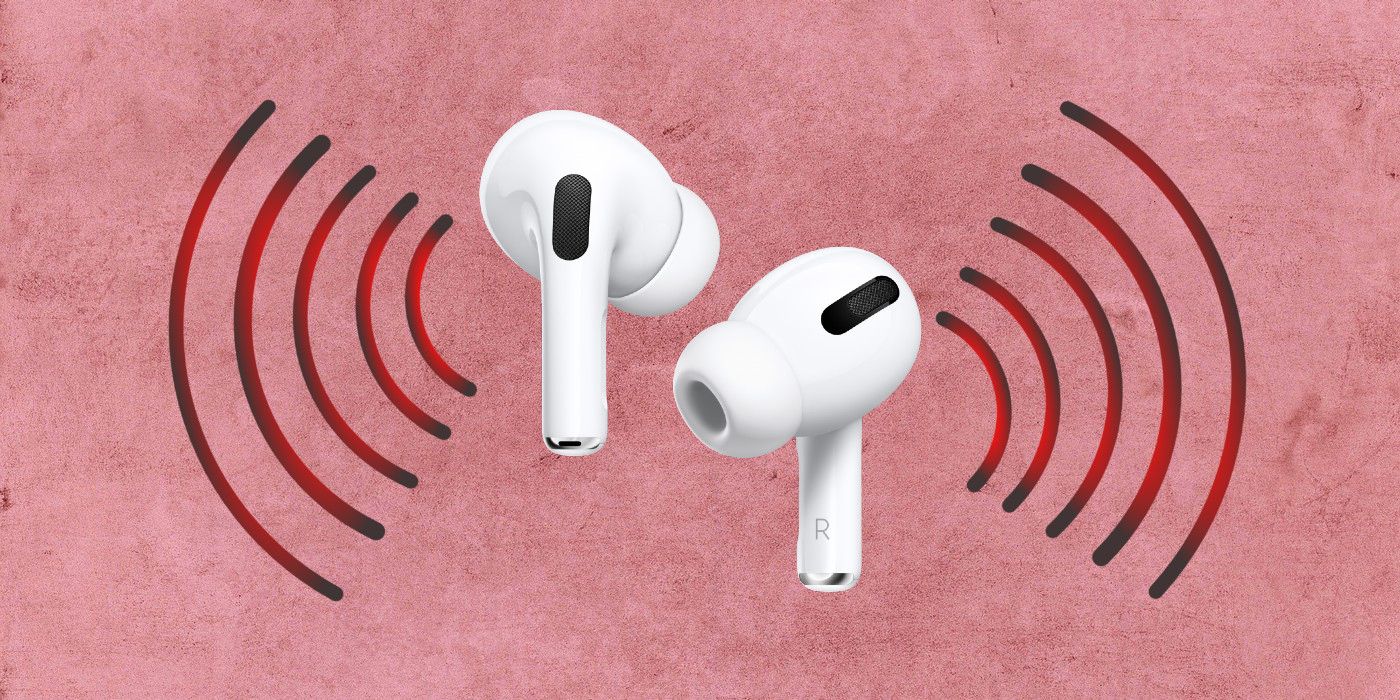Concerns about the electromagnetic radiation emitted by Apple's AirPods have been rising recently, but how dangerous is it in real life? Electromagnetic radiation, which includes radio waves, microwaves, X-rays and gamma rays, is well known for wreaking havoc on live tissue, causing cancer and other deadly diseases. Sunlight also radiates electromagnetic energy, but visible light forms only a tiny portion of the electromagnetic spectrum and is generally considered harmless.
Apple announced its first-generation AirPods in 2016 before launching the second and third-generation models in 2019 and 2021, respectively. Alongside them, Apple also released the more feature-filled AirPods Pro earbuds in 2019 and the AirPods Max over-the-ear headphones in 2020. Despite initially facing ridicule and scorn due to their unique form-factor, the AirPods have become one of the most popular accessories from Apple. The company is expected to launch the second-generation AirPods Pro this fall alongside the iPhone 14.
Concerns about radiation levels in wireless electronics gadgets are nothing new, but a Reuters fact-check article has now debunked recent social media chatter that the Apple AirPods could be responsible for people getting cancer. According to scientific research and studies cited by the report, "there is no established evidence" that the radio frequencies emitted by Apple's AirPods are harmful to the human body. On the contrary, evidence suggests that the radio frequency levels emitted by the devices are well within limits prescribed by the U.S. Federal Communications Commission (FCC) and, as such, are safe for the general public.
Apple AirPods Radiation Levels
The report explains that the FCC requires all electronic devices (including mobile phones and Bluetooth earbuds) sold within the United States to keep their specific absorption rate (SAR) within 1.6 watts per kilogram. According to Apple's public filings with the FCC, the AirPods recorded SAR levels of 0.071 and 0.095 for the two individual buds, which is less than half the maximum level prescribed by the experts. As for the AirPods Pro, they have SAR measurements of 0.097 and 0.072 watts per kilogram at the head, meaning they also comply with FCC regulations.
It is worth noting that the FCC's SAR limitations are more stringent than that of the non-profit International Commission on Non-Ionizing Radiation Protection (ICNIRP), which recommends that SAR levels should be below two watts per kilogram. According to the organization, as long as gadgets comply with the prescribed radiation levels, they should not cause any adverse health effects for users. The ICNIRP also told Reuters that the latest research also shows "there is no scientific proof that EMFs (electric, magnetic and electromagnetic frequencies) cause cancer."
Two other noted public health organizations that backed up the claim are the World Health Organisation (WHO) and Public Health England. The former told Reuters that there is "no established evidence" that the low-level electromagnetic fields in Apple AirPods would cause cancer, while the latter said that there's "no convincing evidence" that exposure to electromagnetic fields within ICNRP's guideline levels will have adverse health effects.
Source: Reuters


